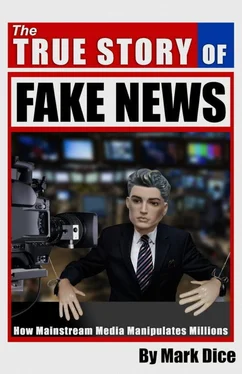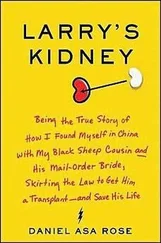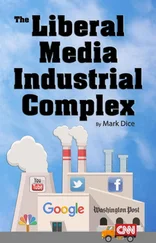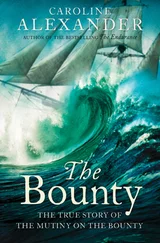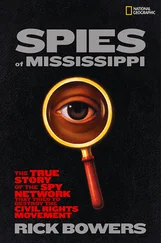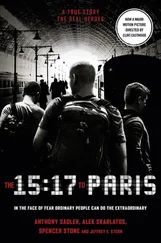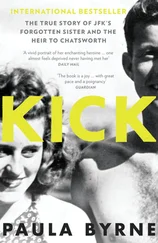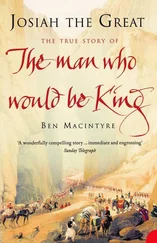Bernstein wrote, “Journalists provided a full range of clandestine services◦— from simple intelligence gathering to serving as go‑betweens with spies in Communist countries. Reporters shared their notebooks with the CIA. Editors shared their staffs… CIA documents show journalists were engaged to perform tasks for the CIA with the consent of the managements of America’s leading news organizations.” 287
He pointed out that part of the operation included using journalists to “aid in the recruitment and ‘handling’ of foreign nationals who are channels of secret information reaching American intelligence.” 288He continued, “Many journalists were used by the CIA to assist in this process and they had the reputation of being among the best in the business. The peculiar nature of the job of the foreign correspondent is ideal for such work: he is accorded unusual access by his host country, permitted to travel in areas often off‑limits to other Americans, spends much of his time cultivating sources in governments, academic institutions, the military establishment and the scientific communities. He has the opportunity to form long‑term personal relationships with sources and◦— perhaps more than any other category of American operative◦— is in a position to make correct judgments about the susceptibility and availability of foreign nationals for recruitment as spies.” 289
He goes on, “The tasks they performed sometimes consisted of little more than serving as ‘eyes and ears’ for the CIA; reporting on what they had seen or overheard in an Eastern European factory… On other occasions, their assignments were more complex: planting subtly concocted pieces of misinformation; hosting parties or receptions designed to bring together American agents and foreign spies; serving up ‘black’ propaganda to leading foreign journalists at lunch or dinner; providing their hotel rooms or bureau offices as ‘drops’ for highly sensitive information moving to and from foreign agents; conveying instructions and dollars to CIA controlled members of foreign governments.” 290
Bernstein even explained how unsuspecting journalists were recruited for the program. “Often the CIA’s relationship with a journalist might begin informally with a lunch, a drink, a casual exchange of information. An Agency official might then offer a favor◦— for example, a trip to a country difficult to reach; in return, he would seek nothing more than the opportunity to debrief the reporter afterward. A few more lunches, a few more favors, and only then might there be a mention of a formal arrangement◦— ‘That came later,’ said a CIA official, ‘after you had the journalist on a string.’” 291
Could this explain how The Washington Post and The New York Times keep getting classified information leaked to them in order to damage the Trump administration? Are they willing servants of the Deep State trying to bring down the president by any means necessary? Senator Chuck Schumer once gave an ominous warning to President Trump when he said that the intelligence agencies have “six ways from Sunday to get back at you,” if they don’t like what he’s doing. 292
Bernstein quotes one CIA official as admitting, “In return for our giving them information, we’d ask them to do things that fit their roles as journalists but that they wouldn’t have thought of unless we put it in their minds.” 293This was all informal and unofficial. The “formal recruitment” of reporters, Bernstein says, only occurred after they had been vetted with background checks to ensure they could be trusted as “agents of the government.” Journalists being considered had to sign non disclosure agreements before the offer was even made, and Bernstein quotes an unnamed former assistant to the CIA Director as saying, “The secrecy agreement was the sort of ritual that got you into the tabernacle.” David Atlee Phillips, a former CIA chief operations officer himself, admitted that more than 200 journalists had signed non disclosure agreements with the CIA, which Bernstein described as making up a “good old boy” network that “constituted something of an establishment elite in the media, politics and academia,” who wrote “propaganda for CIA proprietary publications.” 294
Once uncovered during by the Church Committee the CIA tried to paint Operation Mockingbird as something that only functioned to influence foreign press, but Carl Bernstein admits, “The CIA’s use of the American news media has been much more extensive than Agency officials have acknowledged publicly or in closed sessions with members of Congress.” He goes so far as to say, “The use of journalists has been among the most productive means of intelligence‑gathering employed by the CIA.”
CIA director William Colby admitted during the Church Hearing that “people in management” were involved, not just reporters, and that they helped the CIA with the program. And while Colby wouldn’t name names, Carl Bernstein pointed to William Paley, who was President of CBS; Henry Luce, the founder of Time magazine; and Arthur Hays Sulzberger, the publisher of The New York Times , who actually admitted the CIA had him sign a non disclosure agreement.
At least ten employees at The New York Times were working as CIA assets or were actual CIA agents who the paper was providing a cover for, often in their foreign bureau. The CIA even had a training program in the 1950s which taught agents how to pretend to be journalists and were sometimes “placed in major news organizations with help from management.”
It wasn’t just newspapers of course, the Big Three television networks (NBC, CBS, and ABC) were involved as well. CBS provided “journalistic cover” for CIA employees and allowed their newsrooms to be monitored by the CIA. Bernstein says that in the 1950s and 60s CBS officials even met for an annual dinner with the CIA.
Sid Mickelson later admitted that when he became president of CBS, “I was told by Paley [CIA director] that there was an ongoing relationship with the CIA… He introduced me to two agents who he said would keep in touch. We all discussed the Goodrich situation [one of the undercover agents] and film arrangements. I assumed this was a normal relationship at the time. This was at the height of the Cold War and I assumed the communications media were cooperating—though the Goodrich matter was compromising.” 295
High-level CIA officials worked with “top management” of the news agencies to give agents working undercover as journalists assignments in foreign countries, according to Bernstein, and the CIA had, “some of the best-known correspondents in the business” as operatives using TV networks for “journalistic cover.” He also noted that a reporter is the perfect cover for a CIA operative because it’s a reporter’s job to ask questions, investigate things, and travel around the world to do so.
Colby admitted that the agency had “some three dozen” American reporters, editors, or executives, “on the CIA payroll,” including five who worked for “general‑circulation news organizations.” 296William Bader, who supervised the Senate committee’s investigation, admitted that there were CIA officers at management levels in major media companies. 297Malcolm Muir, Newsweek’s former editor said, “Whenever I heard something that I thought might be of interest to Allen Dulles, I’d call him up…. At one point he appointed one of his CIA men to keep in regular contact with our reporters.”
The Church Hearing Was a Cover-Up
During the Church Hearings, then-CIA director William Colby tried to claim they weren’t doing any of this anymore and downplayed the program saying it didn’t work as well as they had hoped, but he was just whitewashing its effectiveness and many have said that even the Church Hearing itself was part of the cover-up.
Читать дальше
